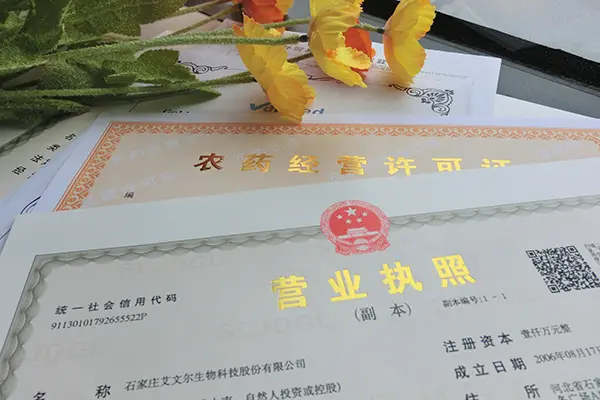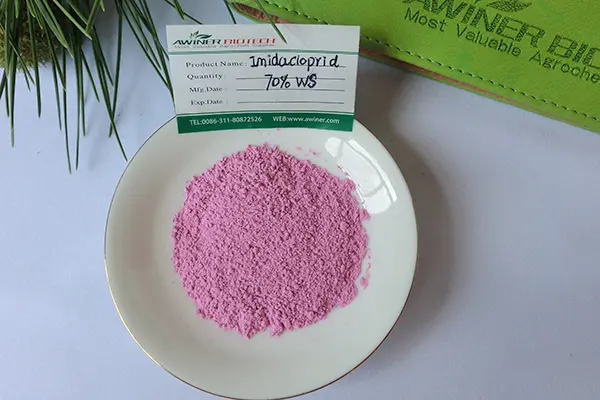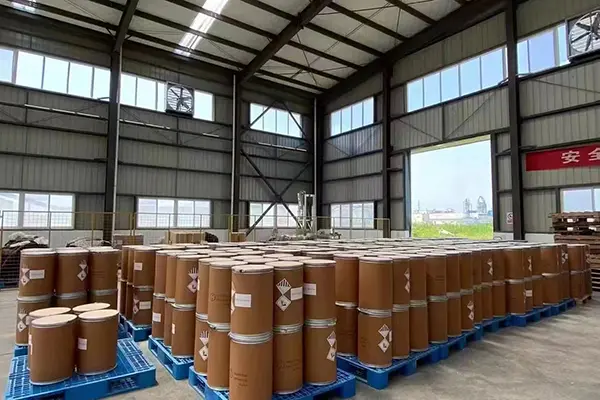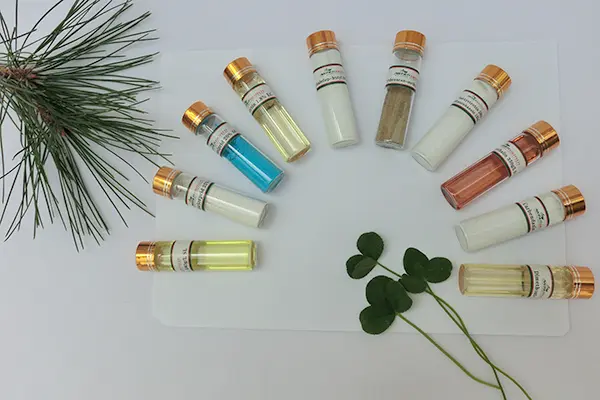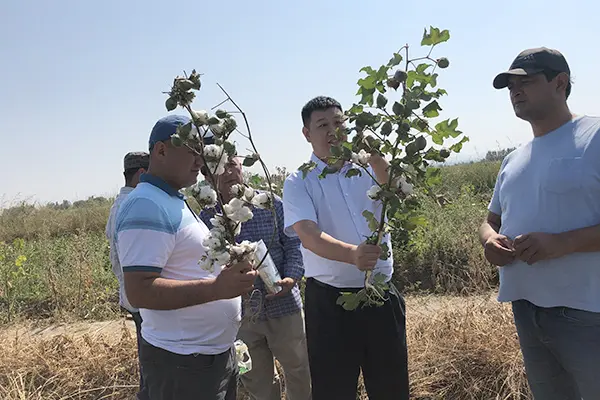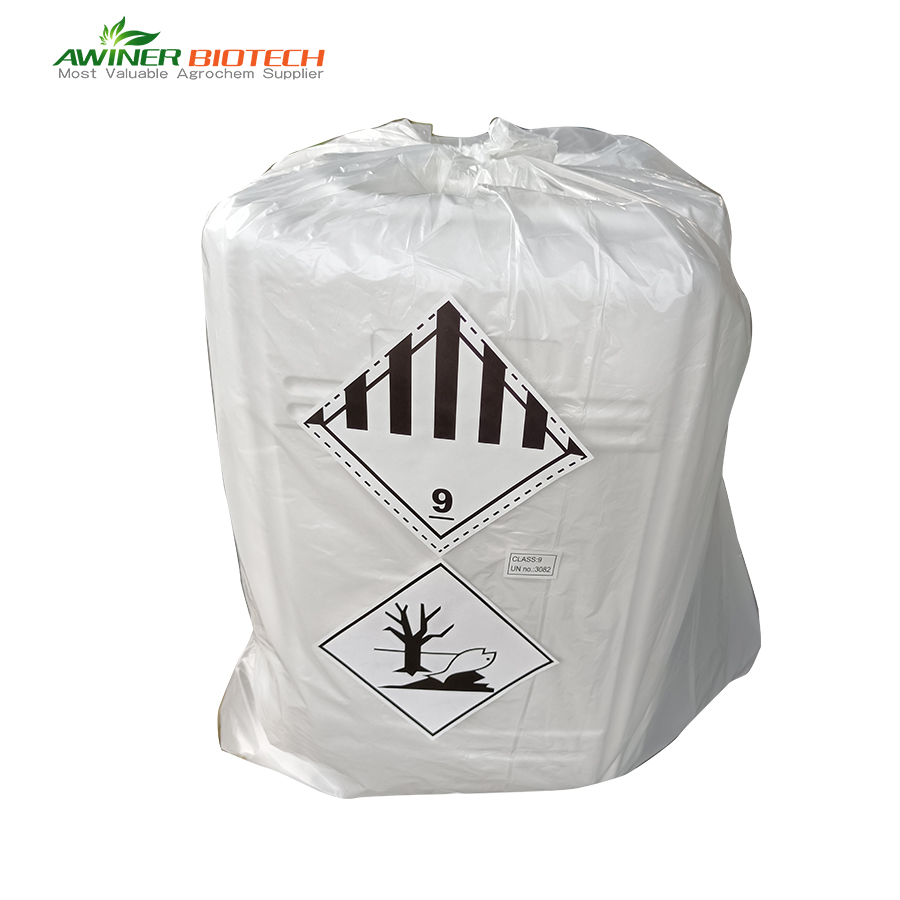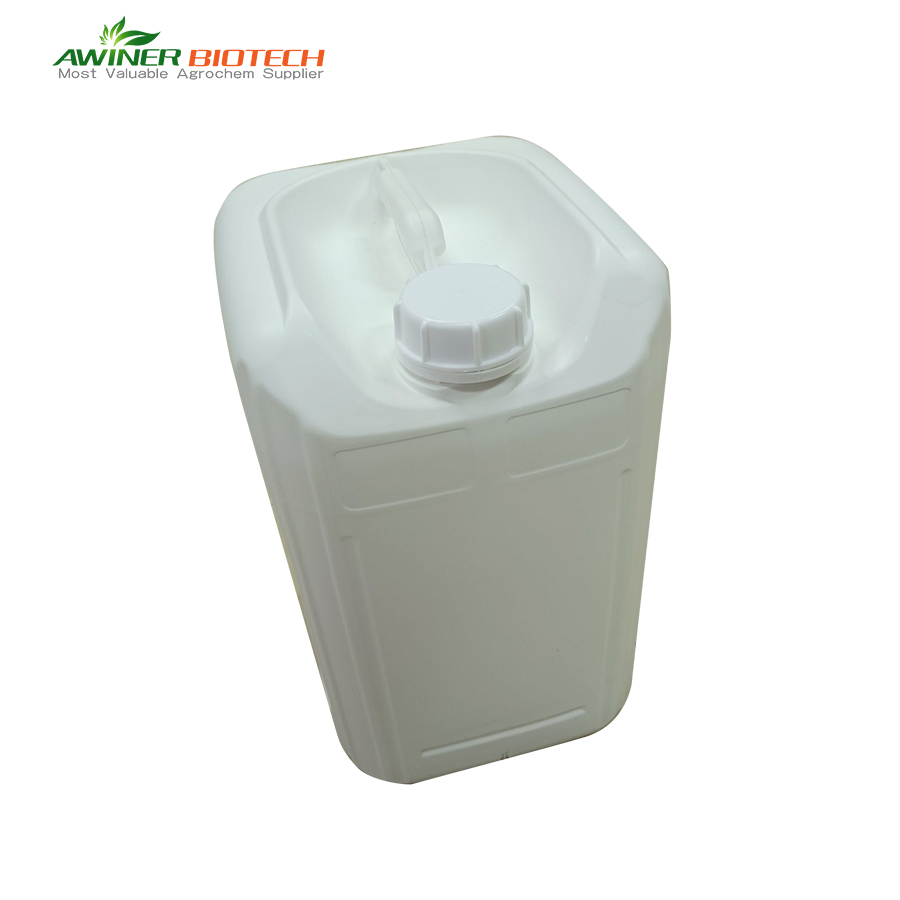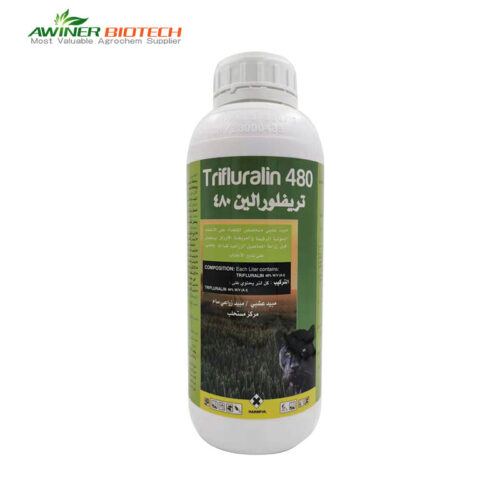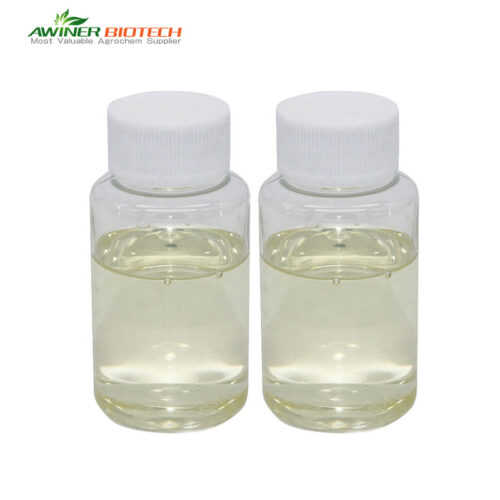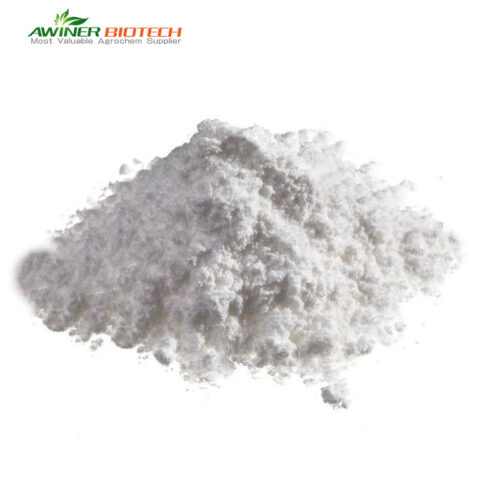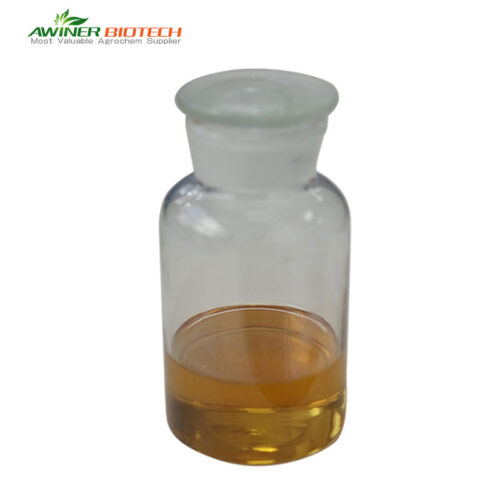Picloram |
|
| Dosage form | 24% SL;24% AS |
| Packing | Liquid:50ml、100ml、250ml、500ml、1L、5L、10L、20L Solid:10g、50g、100g、250g、500g、1kg、5kg、10kg、25kg |
| Formulation/Label | Customized |
| Sample | Yes |
| Crop | Rice field (Direct seeding) |
| Certification | SGS、 ISO 、BV |
| Delivery time | 20-30 days |
| Mixture products | |
| Payment terms |  |
picloram 240 g/l sl
Picloram, also known as aminopyralid, is a hormone-type herbicide with the chemical formula C6H3Cl3N2O2. It is primarily absorbed and translocated through the leaves, roots, and stems of plants, disrupting their growth and development. This leads to symptoms such as deformities, wilting, defoliation, necrosis, and ultimately, plant death. Picloram is highly effective against most dicotyledonous weeds and shrubs, particularly root weeds like Canada thistle and field bindweed. However, it is less effective against cruciferous weeds. Notably, picloram is classified as a Group 3 carcinogen, necessitating careful handling and safety precautions during its use. Its physical and chemical properties include a melting point of 200°C, a boiling point of 421°C, and a density of 1.8±0.1 g/cm³, which are essential for understanding and utilizing this herbicide effectively.
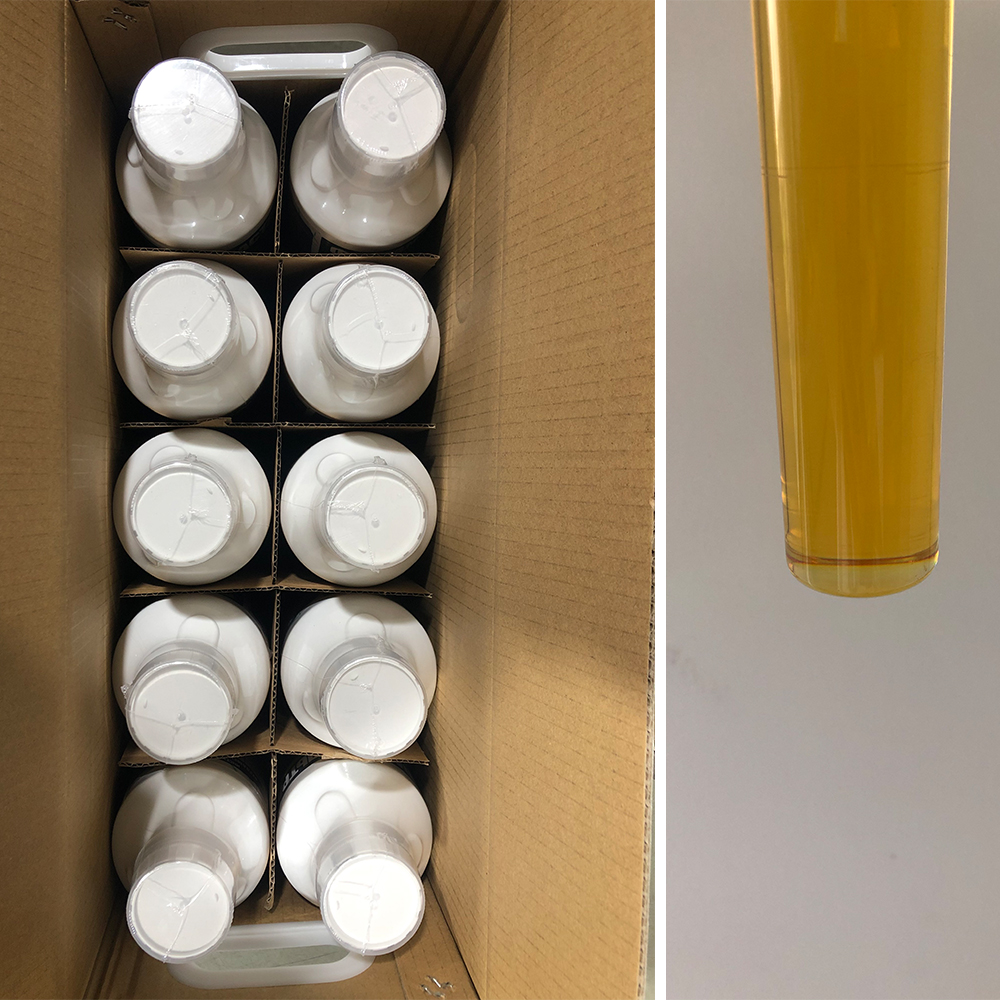 |
 |
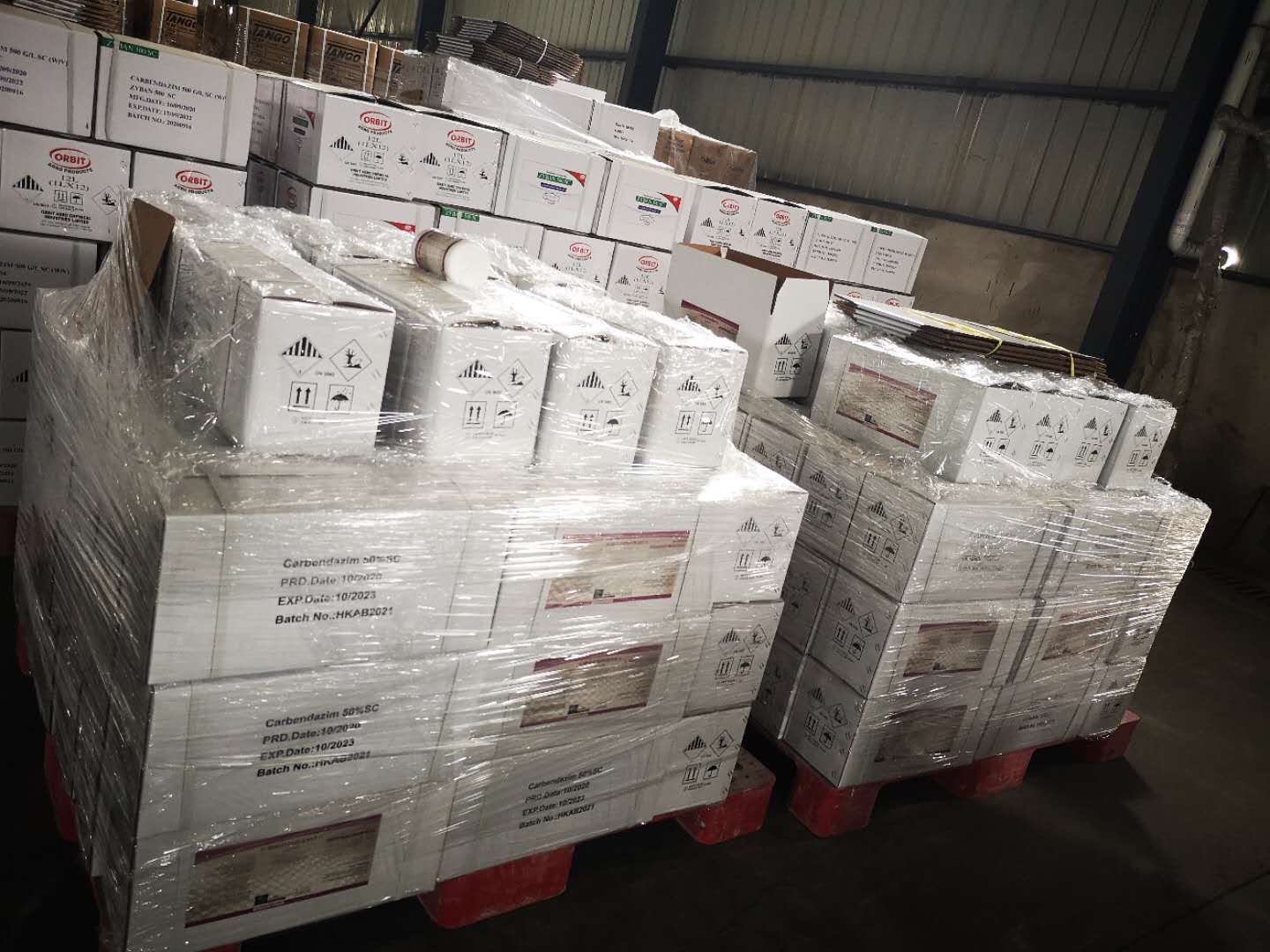 |
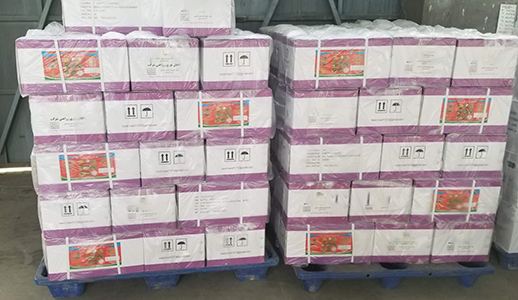 |
Mechanism of Action
Picloram works by mimicking the action of natural plant hormones called auxins, disrupting normal cell division and growth processes in targeted plants. This disruption results in uncontrolled and abnormal growth, ultimately causing the weeds to die. Because of its systemic action, Picloram is readily absorbed through the leaves and roots, after which it translocates to all parts of the plant, including underground rhizomes and roots. As a result, it ensures complete control and effectively prevents regrowth. This unique mode of action allows it to combat persistent perennial weeds and woody species, providing long-lasting weed management.
Application and Crop Suitability
Picloram is most commonly used in non-crop areas, pastureland, and forestry management; however, its applications also extend to certain agricultural and industrial sites. It is ideal for a range of vegetation management needs:
Pasture and Rangeland Management: Picloram provides long-term control of invasive weeds that compete with desirable forage species, ensuring healthier and higher-quality pastureland for grazing animals. This product excels in eliminating deep-rooted perennials such as Canada thistle, leafy spurge, and knapweed, which are typically hard to manage with other herbicides.
Non-Crop Areas: In addition to pasture management, Picloram is also widely used in industrial sites, roadsides, rights-of-way, and utility areas. These applications help manage problematic woody and herbaceous weeds that pose safety and maintenance concerns. For example, Picloram can control unwanted vegetation along power lines or pipeline corridors, reducing the risk of obstructions and fire hazards.
Forestry and Grassland Restoration: Picloram can play a key role in managing competing vegetation in forestry and grassland restoration projects. By controlling undesired species, it allows for more efficient forest regeneration and improves the establishment of native grasses in restoration efforts.
<About Awiner Biotech>
